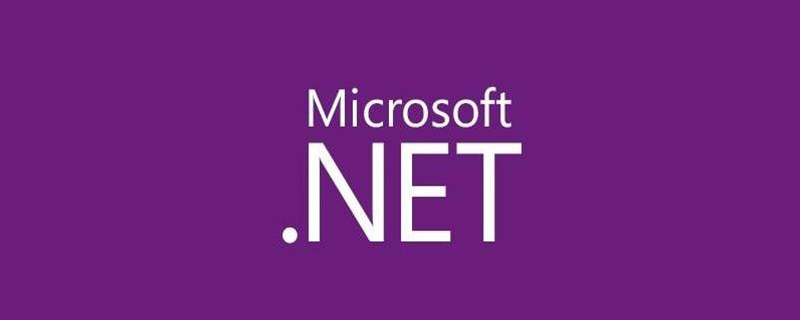
.NET Framework is a managed execution environment for Windows that provides various services for the applications it runs. It consists of two main components: the common language runtime (CLR), which is the execution engine that handles running applications; and the .NET Framework class library, which provides a library of tested, reusable code that developers can call from their own applications. .

#Microsoft .NET Framework is the new managed code programming model for Windows. It combines powerful features with new technologies for building applications with visually compelling user experiences, enabling seamless communication across technology boundaries, and the ability to support a variety of business processes.
The services provided by the .NET Framework for running applications include:
Memory management. In many programming languages, the programmer is responsible for allocating and freeing memory and handling object lifetime. In a .NET Framework application, the CLR provides these services on behalf of the application.
General type system. In traditional programming languages, basic types are defined by the compiler, which complicates cross-language interoperability. In the .NET Framework, primitive types are defined by the .NET Framework type system and are common to all languages targeting the .NET Framework.
A comprehensive class library. The .NET Framework class library allows programmers to use an accessible library of types and their members without writing large amounts of code when handling common low-level programming operations.
Development framework and technology. The .NET Framework includes libraries for area-specific application development, such as ASP.NET for Web applications, ADO.NET for data access, Windows Communication Foundation for service-oriented applications, and Windows desktop applications. Windows Presentation Foundation.
Language interoperability. Language compilers for the .NET Framework emit intermediate code called a common intermediate language (CIL), which in turn is compiled at runtime by the common language runtime. With this feature, routines written in one language can be accessed by another language, and programmers can focus on creating applications in their preferred language.
Version compatibility. With few exceptions, apps developed using a specific version of the .NET Framework will run without modification in a later version.
Parallel execution. The .NET Framework helps resolve version conflicts by allowing multiple versions of the common language runtime to exist on the same computer. This means that multiple versions of your app can coexist, and your app can run on the version of the .NET Framework it was built on. Parallel execution is available for .NET Framework version groups 1.0/1.1, 2.0/3.0/3.5, and 4/4.5.x/4.6.x/4.7.x/4.8.
Multiple orientation. Targeting .NET Standard allows developers to create class libraries that work on multiple .NET Framework platforms supported by that version of the standard. For example, apps targeting .NET Framework 4.6.1, NET Core 2.0, and UWP 10.0.16299 can use libraries targeting .NET Standard 2.0.
Various parts of the .NET Framework architecture:
1) Programming language
In the .NET Framework The programming languages supported in the framework include C#, VB, C, J#, etc., but the C# language is currently the most used.
It is precisely because multiple programming languages are supported in .NET Framework that .NET Framework is also equipped with corresponding compilers.
2) CLS
CLS (Common Language Specification, Common Language Runtime Specification) defines a set of rules, that is, Windows can be created through different programming languages (C#, VB, J#, etc.) Applications, ASP.NET website programs, and all supported programs in the .NET Framework.
3) .NET Framework Class Library (FCL)
In FCL, it includes Windows Forms (Windows Forms program), ASP.NET (website program), Class library files used by WPF (Windows interface program framework), WCF (workflow program on Windows platform) and other programs.
4) CLR
CLR is the foundation of .NET Framework. Users can think of the CLR as a code that manages code at execution time, providing core services such as memory management, thread management, and remoting, and also enforcing strict type safety and management that improves safety and reliability.
It is similar to the Java virtual machine. Code that targets the common language runtime is called managed code, and code that does not target the common language runtime is called unmanaged code.
5) OS
Operating System (OS) is currently only supported on Windows in the .NET Framework, and will be supported on Linux and Used on Mac operating systems.
Features of .NET Framework:
1. Provides a standard object-oriented development environment.
2. Provide an optimized code execution environment with good version compatibility and allow different versions of .NET Framework to be installed on the same computer.
3. Use JIT (Just In Time) technology to improve the running speed of the code.
The above is the detailed content of What is net framework?. For more information, please follow other related articles on the PHP Chinese website!




